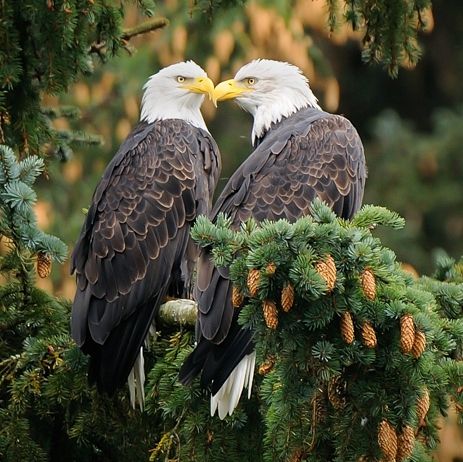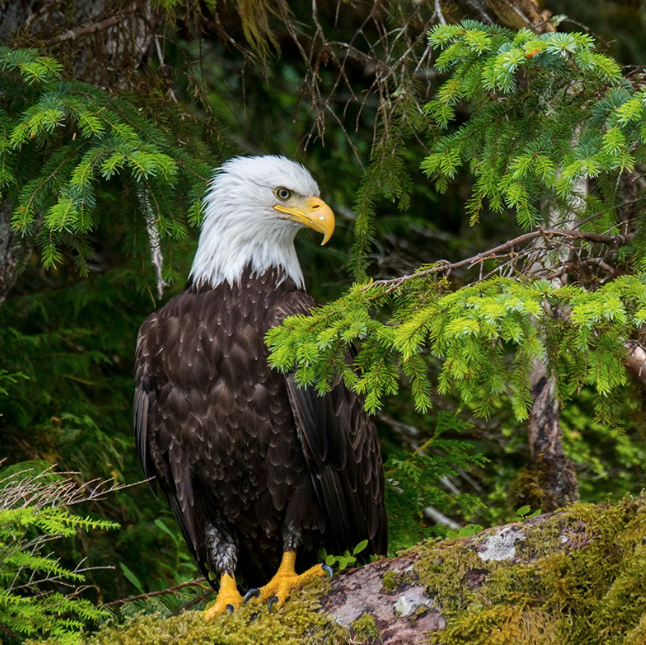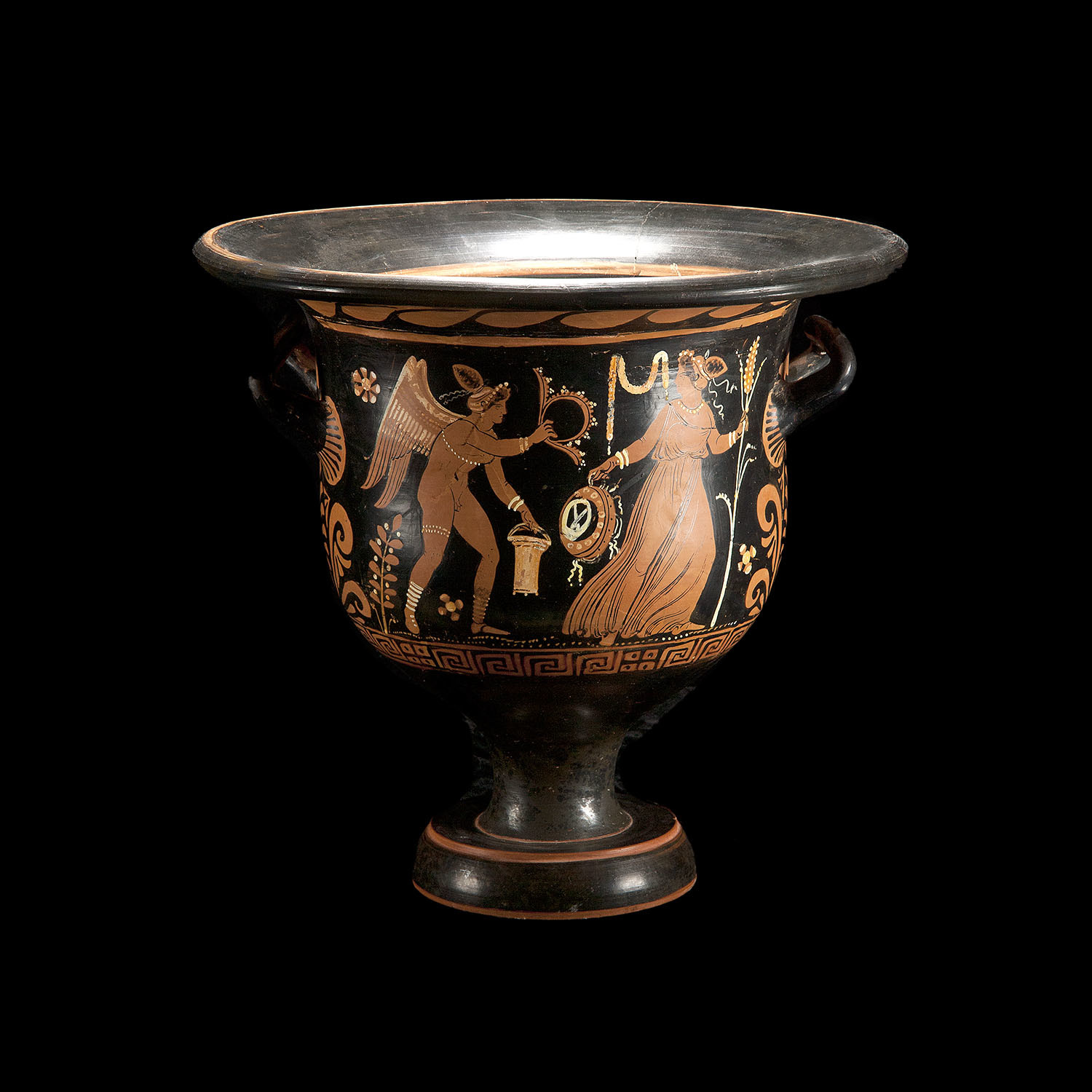Milk-Drops
Member
- Apr 10, 2012
- 7,219
- 1,083
That isn't true. What fossils from the cambrian era show is that there was an explosion of new phyla, not a sudden explosion of non linage phyla. The Cambrian Era was over millions of years and there are Precambrian fossils that do show the previous lineages of the major groups. The thing is the Cambrian era ended with a mass extinction event. Also, there were no dinosaurs, birds, mammals, reptiles, amphibians, or insects in the Cambrian era.The fossil record has indeed been overturned. Here's an example.
When the Cambrian fossils are examined it is seen that the major phyla and classes of animals suddenly appear fully developed in the Cambrian strata with no ancestral linage leading up to the many different phyla and classes.
Except for the whole thing were the species found in the Cambrian have been organized morphologically and shown to have a pattern.In other word, you don't see the speciation of animals producing different genera, then the continuation of morphological evolution producing animals that can be divided into different families and then orders.
This is where I point out that for years there has been a theory call Punctuated Equilibrium and also point out that at the end of the Cambrian era there was a mass extinction event.Instead, as mentioned above, the Cambrian geological record contains fossilized animals that are very diverse in the hierarchy of the taxonomical rank and show no sign of a slow divergence from a common ancestor....the mutations are not show to add up and cause change over the years.
You mean that strawman idealology pedeled around by apologists and Creation "scientists" that has nothing to do with the actual theory of Evolution?The theory belonging to evolutionism
So you believe there is a massive conspiracy to push the theory of Evolution with a made up ideology to accomplish....what exactly?tells us that all life evolved from a common ancestor. This hypothesis is taught as fact in our schools and even presented from time to time on this forum as the truth. But is it true or just another lie from the camps of evolutionism which have been kept secret?
This is always where I stop seeing the logic, the conspiracy doesn't seem to have an end goal outside of just teaching evolution? But why? If that was the entire point, then the conspiracy and resources seem so over blown and non sensical its hilarious.
The Problem is that the question you are asking is completely basis.The question becomes:
Why do the major phyla and classes of animals suddenly appear fully developed in the Cambrian fossils with no ancestral linage leading up to the phyla and classes that are found fossilized there as the T.O.E. predict they should?
In the Cambrian Era there was a large explosion of new organisms due to organisms being able to live in multiple different environments. Since there was a large freedom for adaptation there were tons of ways for organisms to compete. However as the era came to a close there was a large extinction event where the majority of the organisms died off due to competition becoming fiercer as dominant adaptations arose.
Also, yes the ancestors of phyla arose, but not all organisms arose at that time. See above for a list of organism groups that came much much later.
Also pointed out above is that there are Precambrian fossils and links to Cambrian lineages.Instead, a major problem for evolutionism is recognized. The geological record has fossilized animals that are very diverse in the hierarchy of the taxonomical rank and show no sign of a slow divergence from a common ancestor. The animals found in the Cambrian strata are already divided into different phyla and classes.
Did you actually look at the research and findings of the Precambrian era, or did you stop when you got the answer you wanted?The bedrock, or the basement strata of rocks don't present descent with modification as the theory of evolutionism calls for. In fact, one could claim that it appears to be pretty much up-side-down.
To be up front with you, I found most of the information above when I was trying to disprove evolution myself, but I actually read science books on the topic.





